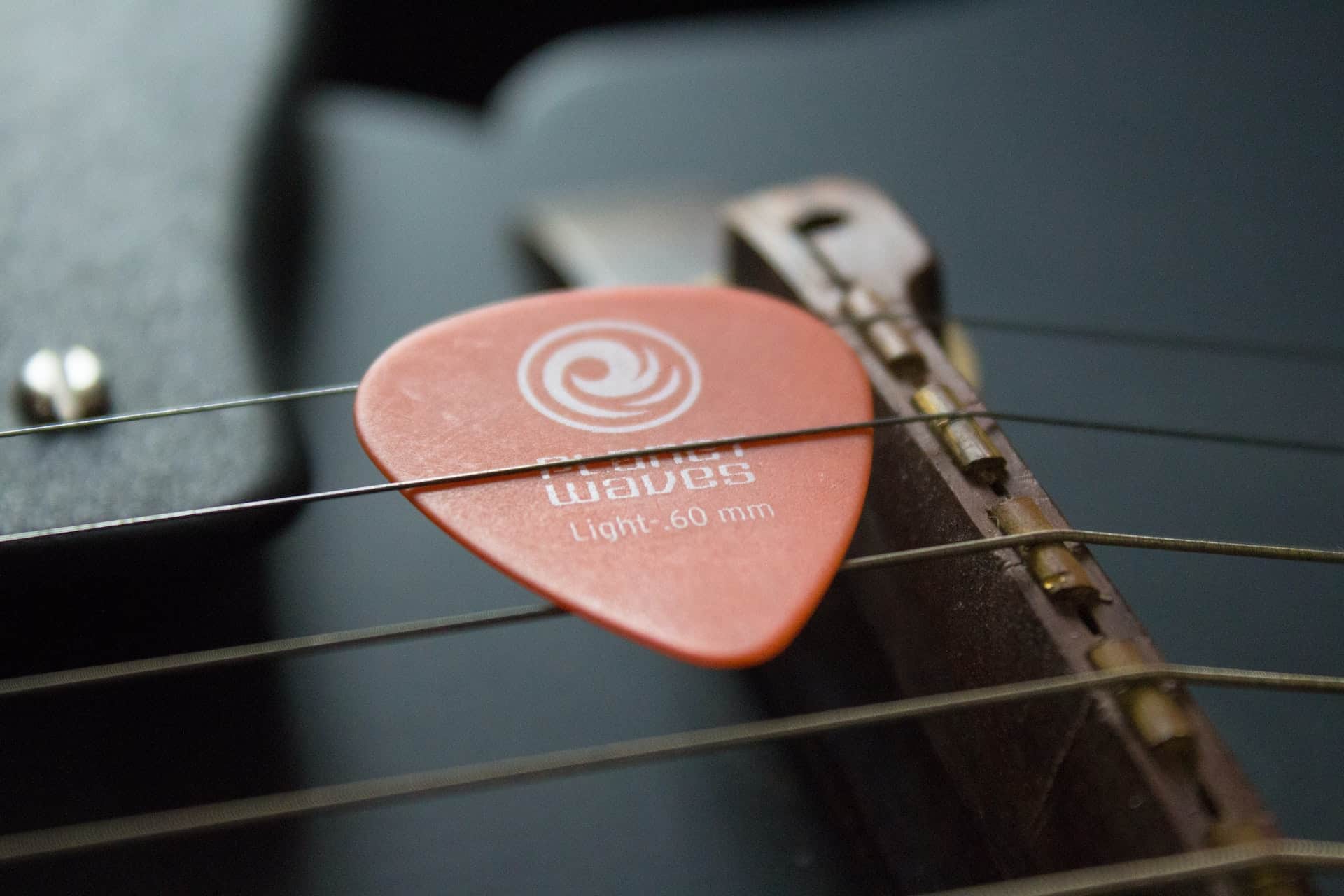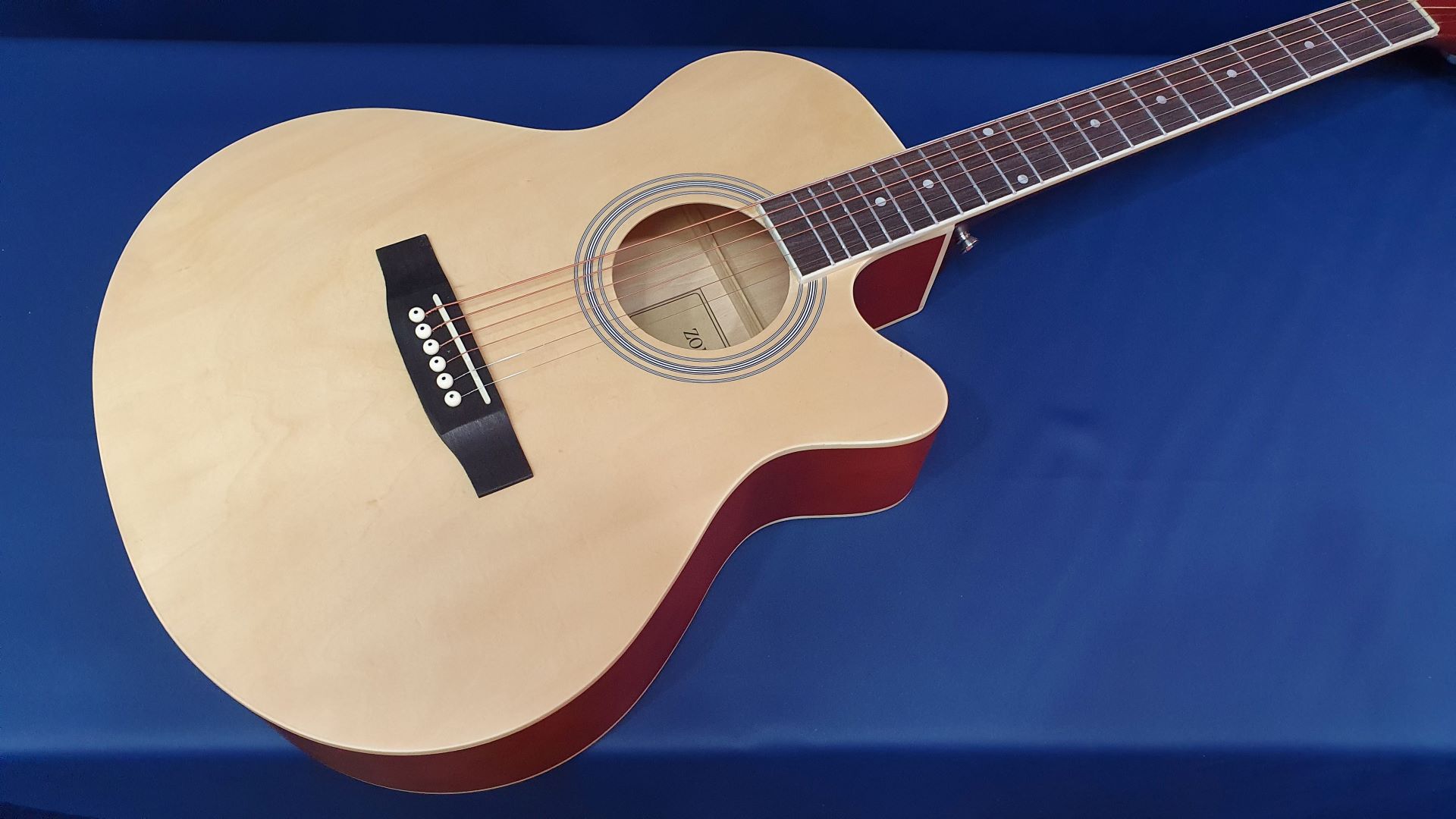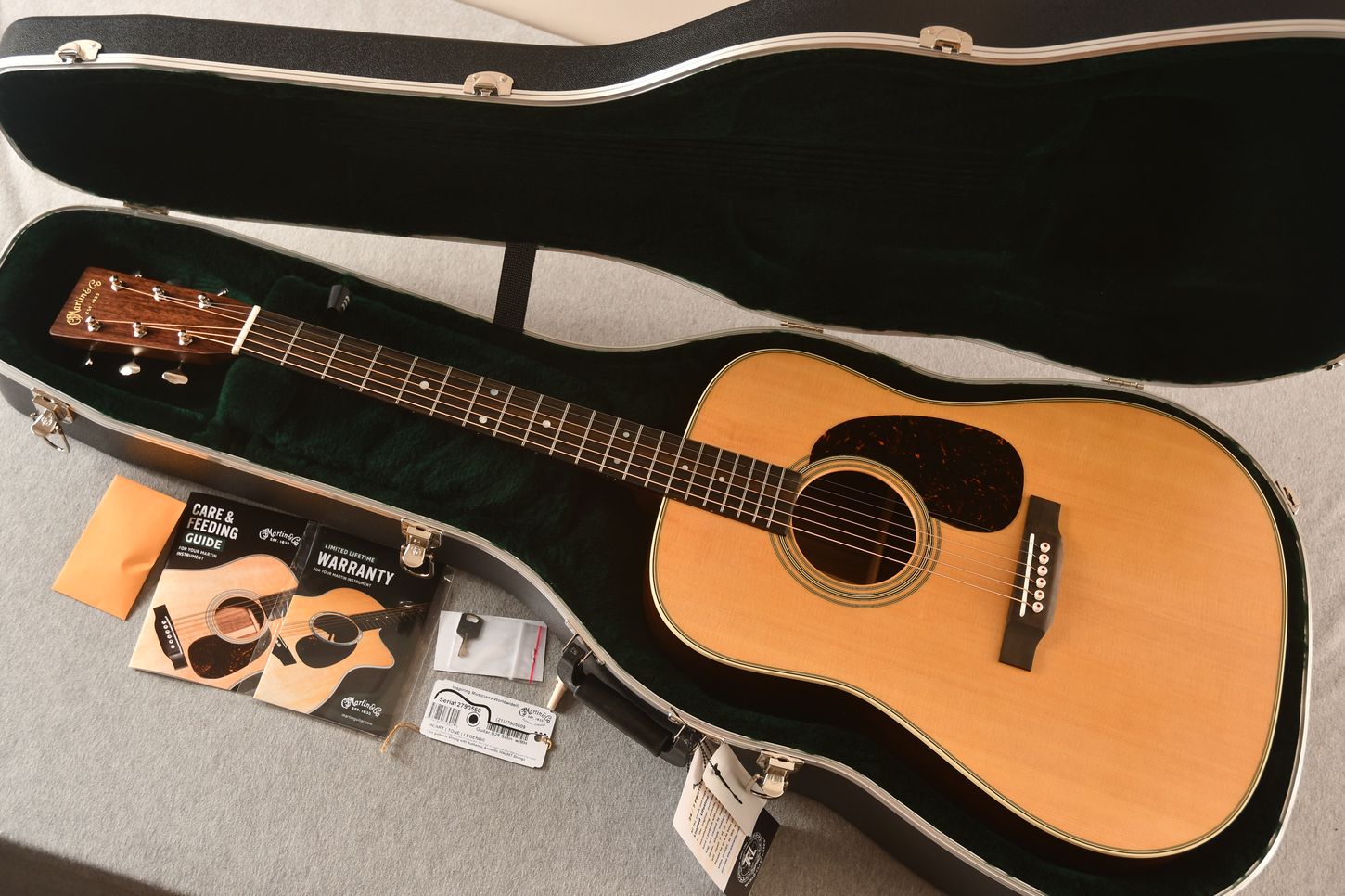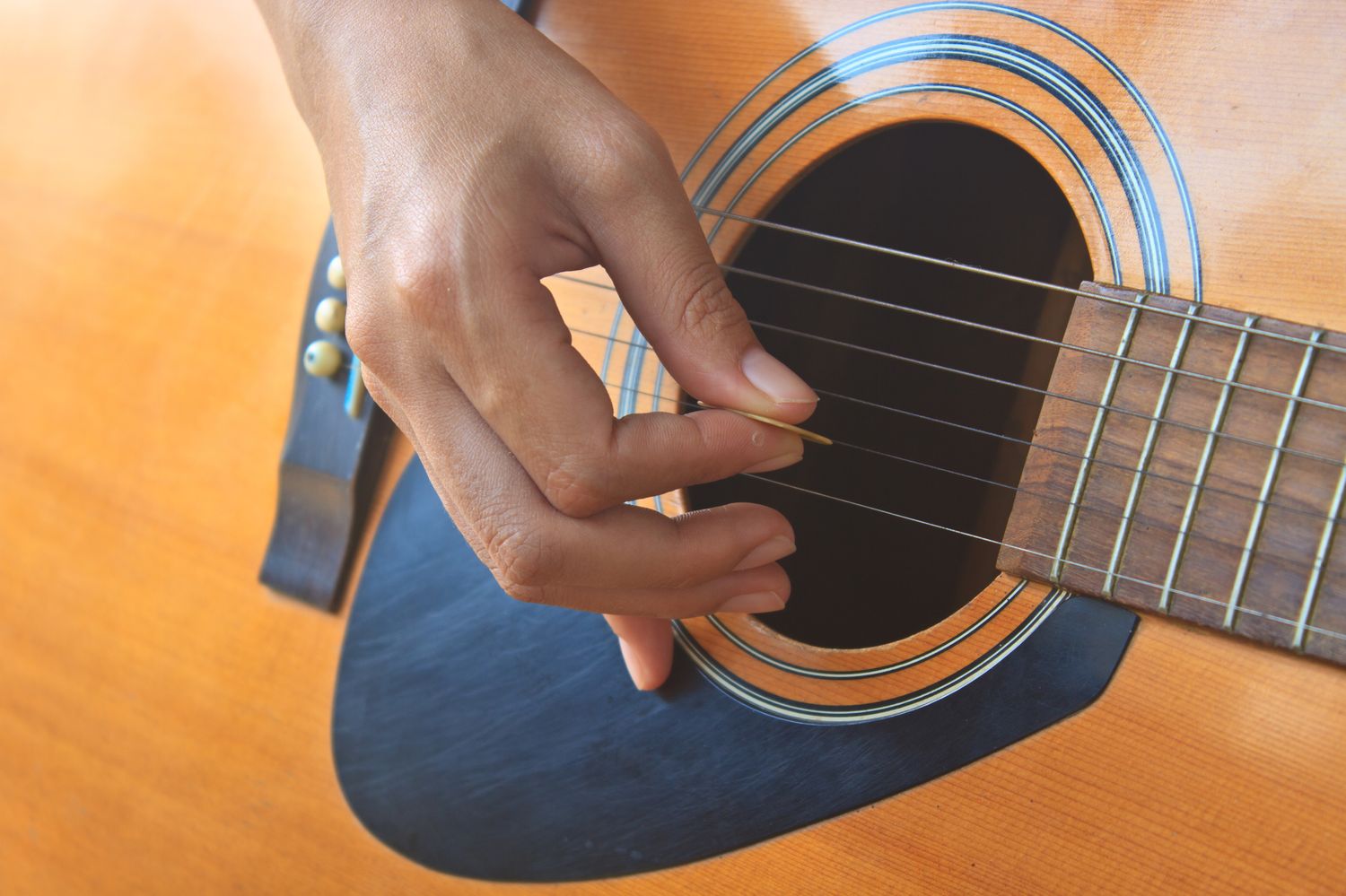Home>Production & Technology>Acoustic>What Size Guitar Pick For Acoustic
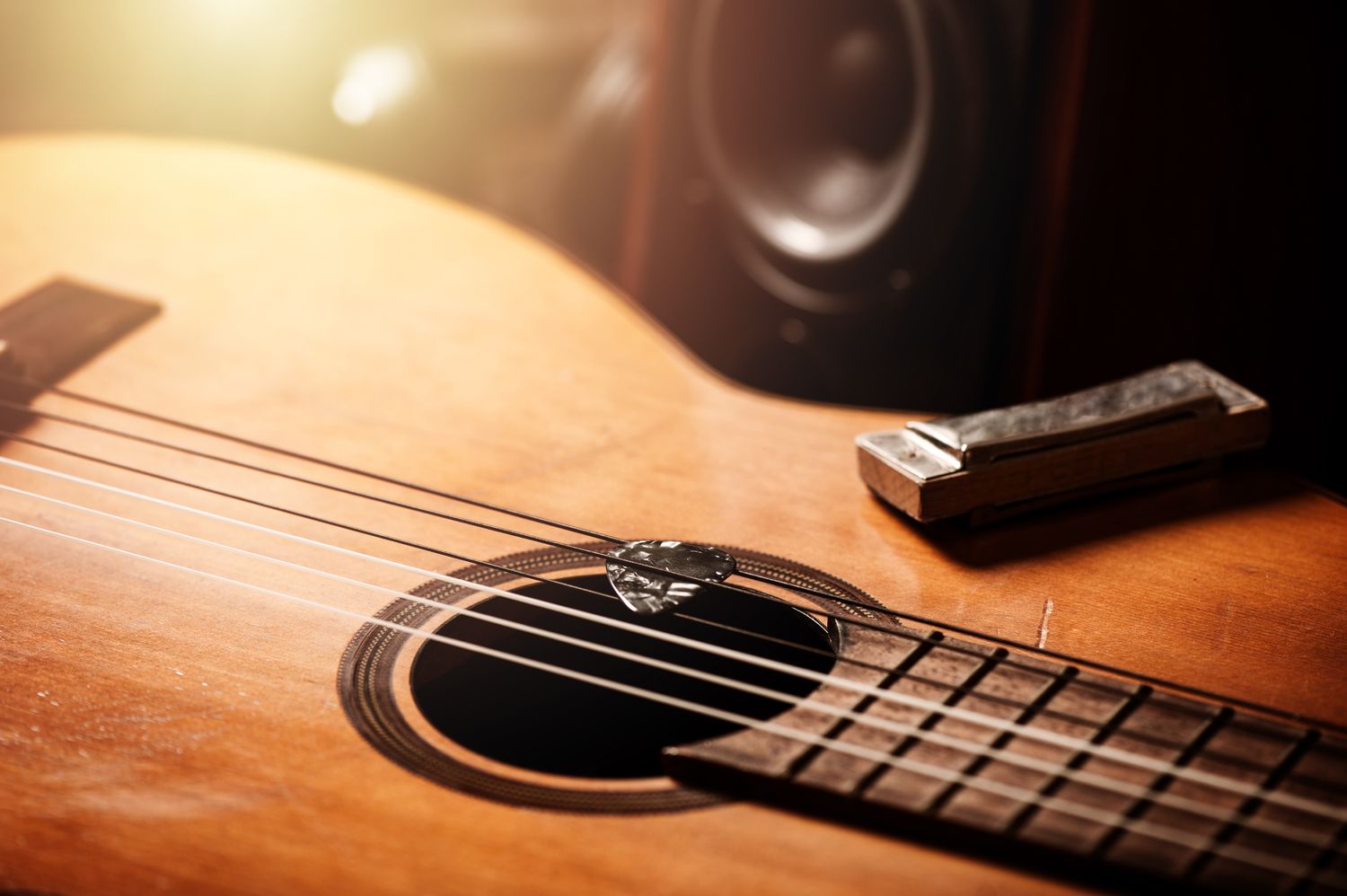

Acoustic
What Size Guitar Pick For Acoustic
Modified: March 12, 2024
Find the perfect guitar pick size for your acoustic guitar. Learn how to choose the right pick for the best sound and playability.
(Many of the links in this article redirect to a specific reviewed product. Your purchase of these products through affiliate links helps to generate commission for AudioLover.com, at no extra cost. Learn more)
Table of Contents
Introduction
When it comes to playing the acoustic guitar, the choice of guitar pick can significantly impact the sound, feel, and overall playing experience. Guitar picks, also known as plectrums, come in various shapes and sizes, each offering a unique set of characteristics that can influence the way a guitarist approaches their instrument. Understanding the different sizes of guitar picks and how they relate to acoustic guitar playing is essential for both beginners and seasoned musicians.
The size of a guitar pick can affect the tone, attack, and control a guitarist has over their instrument. Whether you prefer strumming chords, fingerpicking, or playing intricate lead lines, the right pick size can make a noticeable difference in your performance. As such, delving into the nuances of guitar pick sizes and their implications for acoustic guitar playing is a worthwhile endeavor for any guitarist looking to refine their craft.
In this comprehensive guide, we will explore the various sizes of guitar picks, delve into the considerations for choosing the right size for acoustic guitar, weigh the pros and cons of different sizes, and provide practical tips for using guitar picks effectively with acoustic guitars. By the end of this article, you will have a deeper understanding of how the size of a guitar pick can impact your acoustic guitar playing and be equipped with the knowledge to make informed decisions when selecting the right pick for your musical endeavors.
Different Sizes of Guitar Picks
Guitar picks come in a variety of sizes, each offering distinct advantages and characteristics that cater to different playing styles and preferences. Understanding the differences between these sizes is crucial for selecting the most suitable pick for acoustic guitar playing. Here are the common sizes of guitar picks:
1. Standard Picks
Standard picks, often referred to as medium picks, are the most commonly used size. They strike a balance between flexibility and rigidity, making them versatile for various playing techniques. Their rounded triangle shape provides a comfortable grip and allows for smooth strumming and precise picking.
2. Thin Picks
Thin picks are favored for their flexibility, making them ideal for strumming and producing bright, mellow tones. Their pliability allows for effortless strumming, making them well-suited for acoustic guitarists who prefer a lighter touch and a more delicate sound.
3. Thick Picks
On the other end of the spectrum, thick picks offer rigidity and durability. They are well-suited for aggressive strumming and lead playing, providing enhanced control and a robust attack. The stiffer material of thick picks enables precision and articulation, making them a popular choice for acoustic guitarists aiming for a bold and defined sound.
4. Jazz Picks
Jazz picks, also known as "mini" picks, are smaller in size and feature a sharp, pointed tip. These picks are favored by jazz and blues guitarists for their ability to facilitate intricate lead playing and fast picking. Their compact size and precision make them well-suited for achieving articulate and expressive performances on acoustic guitars.
5. Extra-Large Picks
Extra-large picks offer a broader surface area and a substantial grip. They are favored by acoustic guitarists who prioritize stability and control during aggressive strumming or heavy-handed playing. The increased size of these picks provides a comfortable and secure grip, making them suitable for players with larger hands or those seeking enhanced stability during vigorous performances.
Understanding the distinctions between these various pick sizes empowers guitarists to make informed decisions based on their playing style, tonal preferences, and comfort. Each size offers unique benefits and influences the overall sound and feel of acoustic guitar playing, allowing musicians to tailor their pick selection to suit their individual needs and artistic expression.
Choosing the Right Size for Acoustic Guitar
Selecting the right size of guitar pick for acoustic playing is a pivotal decision that can significantly impact a guitarist's performance. When choosing a pick size for acoustic guitar, several factors come into play, including playing style, tonal preferences, and physical comfort. Understanding how these elements intersect with the characteristics of different pick sizes is essential for making an informed choice.
For acoustic guitarists who favor strumming and rhythm playing, a standard or medium-sized pick is often the go-to option. Its balanced flexibility and rigidity make it well-suited for producing a full-bodied sound while allowing for smooth strumming and chord transitions. The rounded triangle shape of standard picks provides a comfortable grip, promoting a natural and fluid strumming motion.
On the other hand, for those who prefer a lighter touch and a mellower tone, thin picks offer the flexibility needed for gentle strumming and delicate picking. Their pliable nature allows for nuanced expression and a softer attack, making them an excellent choice for acoustic guitarists seeking a more subdued and airy sound.
Conversely, thick picks cater to players who prioritize precision and control during aggressive strumming or lead playing. Their rigidity enables a robust attack and enhanced articulation, making them ideal for achieving a bold and defined sound on an acoustic guitar. The stiffer material of thick picks empowers guitarists to execute intricate picking patterns and produce clear, dynamic tones.
For those inclined towards intricate lead playing and fast picking, jazz picks provide the precision and agility needed for expressive performances on acoustic guitars. Their smaller size and sharp, pointed tip facilitate nimble articulation, making them a preferred choice for achieving intricate melodies and embellishments.
Additionally, extra-large picks offer a broader surface area and a substantial grip, catering to acoustic guitarists who seek stability and control during vigorous performances. The increased size of these picks provides a comfortable and secure grip, making them suitable for players with larger hands or those who prefer a more substantial pick for added confidence during intense strumming or picking sessions.
Ultimately, choosing the right size of guitar pick for acoustic guitar involves considering one's playing technique, tonal objectives, and physical comfort. By aligning these factors with the unique characteristics of different pick sizes, acoustic guitarists can optimize their playing experience and unlock new dimensions of expression and creativity.
Pros and Cons of Different Sizes
Standard Picks
Pros:
- Versatile for various playing techniques, including strumming and picking.
- Balanced flexibility and rigidity allow for smooth strumming and precise picking.
- Rounded triangle shape provides a comfortable grip for extended playing sessions.
Cons:
- May not offer the same level of flexibility as thin picks for lighter strumming styles.
- Some players may find the standard size to be less conducive to intricate lead playing compared to jazz picks.
Thin Picks
Pros:
- Ideal for producing bright, mellow tones due to their flexibility.
- Well-suited for acoustic guitarists who prefer a lighter touch and a more delicate sound.
- Effortless strumming and nuanced expression are facilitated by the pliable nature of thin picks.
Cons:
- Limited suitability for aggressive strumming or lead playing due to their inherent flexibility.
- May lack the robustness and articulation provided by thicker picks.
Thick Picks
Pros:
- Enhanced control and a robust attack make them ideal for aggressive strumming and lead playing.
- Precision and articulation are facilitated by the stiffer material of thick picks.
- Well-suited for achieving a bold and defined sound on an acoustic guitar.
Cons:
- Some players may find thick picks less comfortable for extended playing sessions due to their rigidity.
- The increased resistance of thick picks may not be conducive to certain playing styles that require a lighter touch.
Jazz Picks
Pros:
- Facilitate intricate lead playing and fast picking due to their precision and agility.
- Sharp, pointed tip enables nimble articulation, making them ideal for achieving intricate melodies and embellishments.
- Compact size offers enhanced control and maneuverability for expressive performances.
Cons:
- Limited surface area may not provide the same level of stability and grip as larger picks.
- May require an adjustment period for players accustomed to standard-sized picks.
Extra-Large Picks
Pros:
- Broad surface area and substantial grip offer enhanced stability and control during vigorous performances.
- Comfortable and secure grip makes them suitable for players with larger hands.
- Ideal for players seeking a more substantial pick for added confidence during intense strumming or picking sessions.
Cons:
- Some players may find extra-large picks cumbersome or less maneuverable, particularly for intricate playing techniques.
- Limited suitability for players with smaller hands or those seeking a more nimble and agile pick.
Understanding the pros and cons of different pick sizes empowers guitarists to make informed decisions based on their playing style, tonal preferences, and physical comfort. Each size offers unique benefits and considerations, allowing musicians to tailor their pick selection to suit their individual needs and artistic expression.
Tips for Using Guitar Picks with Acoustic Guitar
-
Experiment with Different Sizes: Don't hesitate to explore various pick sizes to find the one that best complements your playing style and tonal preferences. Trying out different picks can provide valuable insights into how each size influences your sound and technique.
-
Adapt to Playing Dynamics: Adjust your picking dynamics based on the pick size. For instance, thicker picks may require a firmer grip and more deliberate movements, while thinner picks may respond well to a lighter touch. Adapting your playing dynamics to suit the characteristics of the pick can enhance your overall control and expression.
-
Angle of Attack: Experiment with the angle at which you strike the strings. The angle of attack can significantly impact the tonal characteristics and articulation of your playing. Varying the angle can help you discover the sweet spot that produces the desired sound for different musical passages.
-
Explore Different Materials: In addition to size, the material of the pick can also influence your playing experience. Picks are available in materials such as nylon, celluloid, and various plastics, each offering distinct tonal properties. Experimenting with different materials can help you fine-tune your acoustic guitar sound.
-
Strumming Techniques: Tailor your strumming techniques to the pick size. Thicker picks may excel in producing powerful, full-bodied strums, while thinner picks can enhance the delicacy and nuance of your strumming patterns. Adapting your strumming techniques to the pick size can unlock a diverse range of tonal possibilities.
-
Precision Picking: For intricate fingerstyle or lead playing, focus on precision and accuracy. Smaller picks, such as jazz picks, can facilitate nimble articulation and precise note definition. Practice precision picking techniques to harness the capabilities of smaller picks for expressive and detailed performances.
-
Comfort and Ergonomics: Prioritize comfort and ergonomics when selecting a pick size. The right pick should feel comfortable in your hand and allow for extended playing sessions without causing fatigue. Consider the physical dimensions of the pick and how they align with your hand size and playing comfort.
-
Personal Preference: Ultimately, let your personal preference guide your pick selection. While technical considerations are important, the most crucial factor is how the pick feels and sounds to you. Trust your instincts and choose the pick size that resonates with your playing style and musical expression.
By incorporating these tips into your acoustic guitar playing, you can harness the full potential of different pick sizes and elevate your musical performances with enhanced control, expression, and tonal versatility.
Conclusion
In conclusion, the size of a guitar pick plays a pivotal role in shaping the tonal characteristics, playing dynamics, and overall experience of acoustic guitar performance. By exploring the diverse range of pick sizes available, guitarists can tailor their selection to align with their playing style, tonal preferences, and physical comfort. Each pick size offers a unique set of advantages and considerations, empowering musicians to fine-tune their sound and technique to achieve their artistic vision.
The standard pick, with its balanced flexibility and rigidity, serves as a versatile option for accommodating various playing techniques, making it a popular choice among acoustic guitarists. Thin picks, prized for their flexibility and ability to produce mellower tones, cater to those seeking a lighter touch and nuanced expression in their playing. Conversely, thick picks provide enhanced control and articulation, making them well-suited for aggressive strumming and lead playing. Jazz picks, with their precision and agility, facilitate intricate lead playing and fast picking, offering a niche appeal to acoustic guitarists. Additionally, extra-large picks offer stability and control, particularly beneficial for players with larger hands or those seeking a more substantial grip during intense performances.
As guitarists navigate the nuances of pick sizes, it is essential to experiment, adapt, and explore the interplay between pick size and playing dynamics. Adapting to the characteristics of different pick sizes, adjusting playing techniques, and exploring the angle of attack can unlock a diverse range of tonal possibilities and enhance overall control and expression. Furthermore, considering the material of the pick and prioritizing comfort and ergonomics contribute to a holistic approach in selecting the ideal pick size for acoustic guitar playing.
Ultimately, personal preference and individual playing style should guide the selection of a guitar pick size. While technical considerations are valuable, the intrinsic connection between the musician and their instrument is paramount. Trusting one's instincts and choosing a pick size that resonates with their musical expression is fundamental in harnessing the full potential of different pick sizes.
In the dynamic world of acoustic guitar playing, the choice of pick size is not merely a practical decision but an artistic one. It is a reflection of the guitarist's unique voice, shaping the nuances of their sound and contributing to the rich tapestry of musical expression. By embracing the diversity of pick sizes and integrating them into their playing, acoustic guitarists can embark on a journey of sonic exploration, self-discovery, and artistic evolution, ultimately enriching their musical endeavors.

